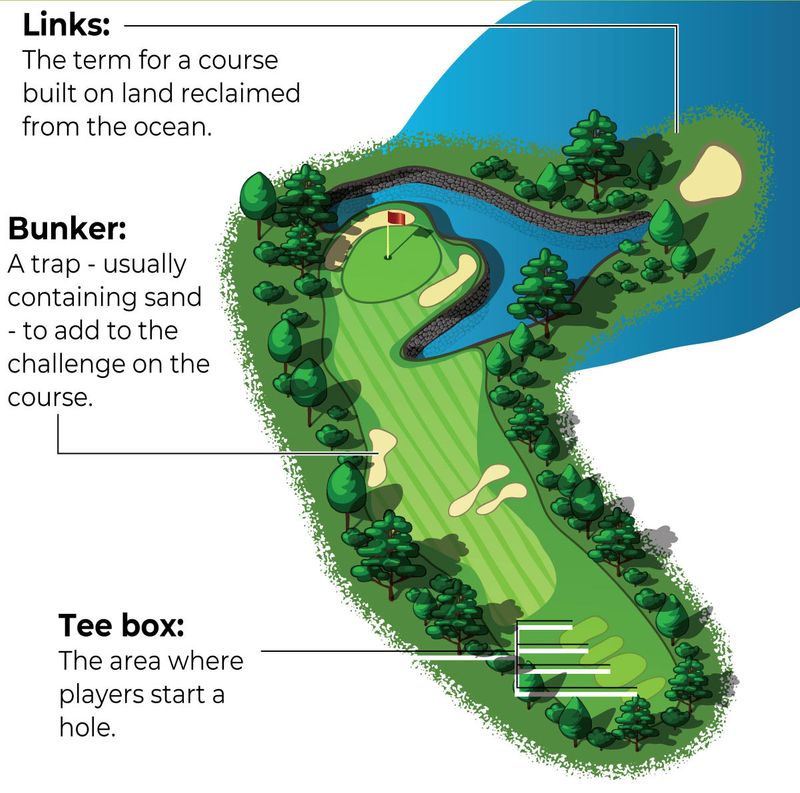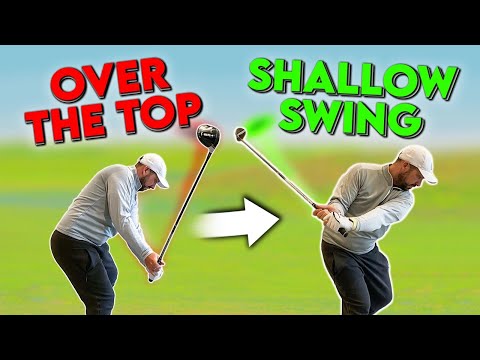
There are many ways to improve your club head speed, but not all of them are effective. This article will explain exercises to strengthen and increase flexibility. For this purpose, I recommend the SKLZ gold Flex swing trainer and weighted golf clubs. To help increase your clubhead speed, you may also want to purchase a golf trainer. You will find that each of these options has its advantages and drawbacks.
Strengthening your torso
You can improve your club head speed by strengthening your torso. While this isn't the same as training your arms or legs, it can help you achieve the best results. To target your hips, torso, and hips, you should do a series. These workouts will improve your chest and hip strength, as well as increase your flexibility, which is important for building club head speed.

Flexibility exercises
There are many flexibility exercises and strength training programs that can be done to increase your clubhead speed and range. Many of these exercises target key golf muscle groups such as the torso or back. They can also help increase your clubhead speed. These exercises can also improve your mobility and your rotation, which are important aspects to consider when trying to increase club head speed. Regardless of your current level of fitness, you can increase your club head speed by performing these exercises.
Weighted clubs
Weighted clubs can be a great way to increase your club head speed and improve your golf swing. The added weight on the head simulates the feel of using heavier clubs. These tools allow golfers to improve their swing technique, increase club head speed, and increase endurance. To avoid injury, it is important that you keep your movements controlled and slow. Weighted clubs are available in a variety of sizes and weights.
SKLZ Platinum Flex Swing Training Trainer
Using a SKLZ Gold Flex Swing Trainer is one way to increase your club head speed. Golf is a tough game. As a result, your muscles that swing the club become weaker. By using a swing trainer, you can keep these muscles active and develop them more. The Orange Whip is another golf swing training tool. This tool includes a ball that simulates the ball’s flight.

Train at 100 percent maximum speed
Golf speed training aims to make the ball go further and more often. Golfers typically aim to hit the ball 110 mph, or more. A beginner may need as little as ten swings per week, but experienced players often need more. They might need between 30 and 50 swings per week. In the off-season, serious speed-training should be started. Off-season training allows golfers to hit hundreds of shots per speed session.
FAQ
Do I require any special skills to play or practice golf?
No. All you need are a pair walking shoes, towel, and a couple of clubs.
What does a Golf Ball look like?
Golf balls are usually made of rubber and plastic. It bounces when it hits because of its dimpled surface.
How do you practice your golf swing.
Practice makes perfect! Any sport needs practice. You must practice if you want to improve your game. Practice until you become comfortable with the basic mechanics of the swing.
Practice using both hands. You should start with the shortest shots. Next, practice longer drives. Finally, practice chipping/putting.
Where can I locate a golf course in my area?
Many cities have their own municipal golf courses. These courses offer quiet practice for your swing.
Or, you could choose to go to one of the country’s many golf courses if you prefer a more intimate atmosphere.
What are the differences between different golf courses?
Golf courses come in all shapes and sizes. Some courses are intended for beginners while others can be used by more experienced players.
Some courses are near rivers, lakes, mountains, or forests. Others can be found in urban settings. You can find a variety of golf courses from public parks to private estates.
Statistics
- They do this by means of assessing and rating courses according to the average good score of a "bogey golfer," a player with a handicap of around 20. (en.wikipedia.org)
- In the United States, women made up 25 percent of golfers in 2021, which was up from 19 percent in 2011, and junior female golfers account for 35 percent or 1.1 million golfers.[50] (en.wikipedia.org)
- In the United States, the number of people who play golf twenty-five times or more per year decreased from 6.9 million in 2000 to 4.6 million in 2005, according to the [51] (en.wikipedia.org)
- He shanked the first attempt, but it is estimated his second went more than 200 yards (180 m).[52]Golf courses worldwide. Below are the top 20 countries with the most golf courses as of 2019.[53]CountryNumber of (en.wikipedia.org)
External Links
How To
How Do You Play Better Golf When The Wind Is Blowing?
Golf is an outdoor game that can be played on grassy, open areas. It is one of most well-known sports. There are many types of golf courses across the world, ranging from public parks to private clubs. You can also play indoors such as indoor arenas or shopping malls. You must hit golf balls into a series of holes. Each hole has a fairway rough, fairway, fairway, green, hazards (e.g..water), and rough. You can choose to use a driver, wedge (long iron), or putter depending on what type of shot you are looking for. Depending on the rules of the course, players may have to carry the ball up to a certain distance before hitting it, or they may only have to drop the ball in the cup. When playing outdoor golf, various conditions affect how the player hits his/her shots. These conditions include wind speed, temperature, humidity, visibility, and visibility.
There are two main types of winds: crosswinds and headwinds. Crosswinds blow in the opposite direction to headwinds. If the wind is blowing toward the golfer then it's hitting against the winds. If the wind moves away from him/her then it's hitting with the winds. The ball will travel higher and farther when there is strong wind, making it difficult to play golf. It becomes difficult for the player control the trajectory and the direction of the ball. To offset these effects, players attempt to keep their club face perpendicular the ground. They aim to strike the ball so that it makes contact with everything and gets maximum power. However, even though the ball flies lower in stronger wind, it travels farther due to increased air resistance.
You need to practice a lot when playing golf in the wind. The wind can affect the flight path of your ball, as we have already mentioned. A great golfer should be aware of what type of wind is blowing in the area. He/She would adapt his/her swing to suit the conditions, so that he/she could hit the ball with no energy loss. The wind's location is another important consideration. The wind doesn't always travel the same way in all directions. For example, the breeze coming off the ocean is usually very light, but it is often stronger near the shoreline. Similarly, the wind blows strongest close to the ground. Golfers need to pay particular attention to wind direction, intensity and other factors.
In summary, playing golf in the wind requires constant adjustments to your swing. You need to watch the wind and make sure that your swing is aligned properly. Learn how to read and adapt the wind to your swing.